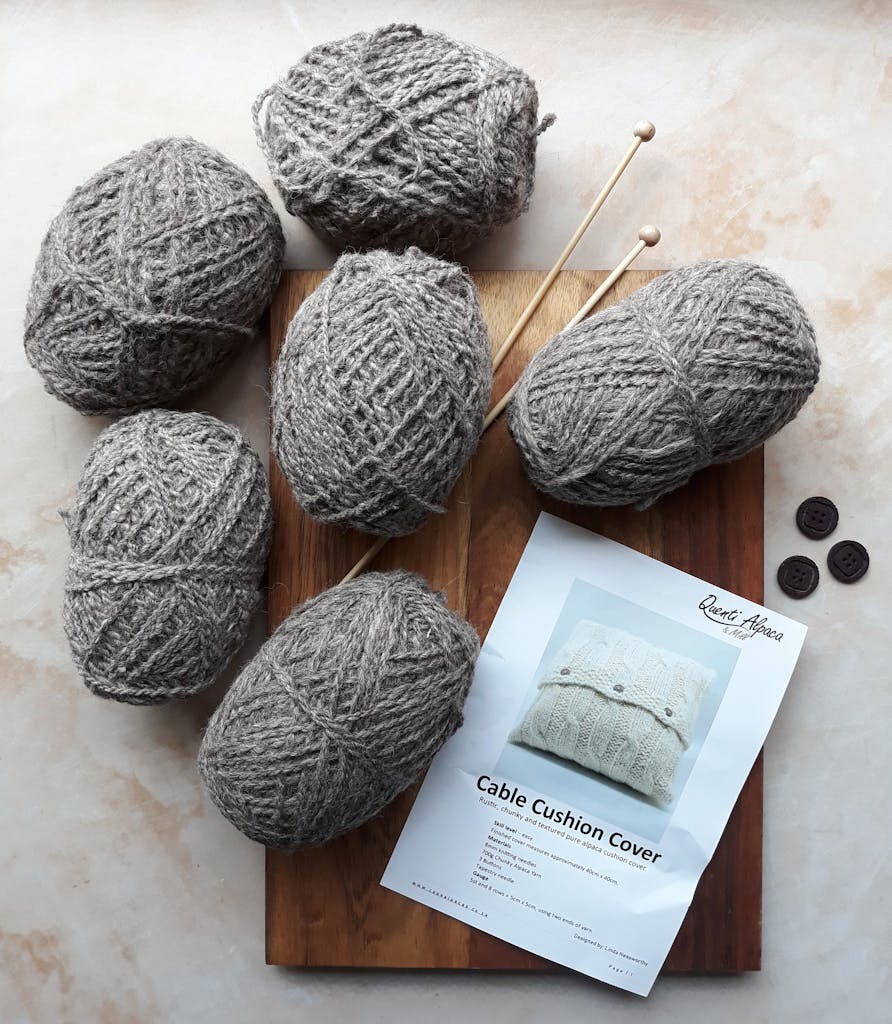Formatting Crochet Patterns for Clarity
Formatting Crochet Patterns for Clarity: A Complete Guide
Well-formatted crochet patterns are easier to read, understand, and follow — and a clear layout can make the difference between a frustrating experience and a joyful one for crocheters. Formatting crochet patterns isn’t just cosmetic; it’s an essential part of professional pattern writing.
This post is part of our blog series on How to Write Brilliant Crochet Patterns.
In this guide, you’ll learn the best practices for formatting crochet patterns, including headings, spacing, numbering, and styling, so your patterns look polished and are a pleasure to work from.

Why Formatting Crochet Patterns Matters
- Readability: Clear spacing and headings prevent confusion.
- Professionalism: Well-formatted patterns look trustworthy and authoritative.
- Ease of Use: Crocheters can quickly scan for instructions, stitch counts, or notes.
- Error Reduction: Proper formatting makes mistakes easier to spot during testing and editing.
Key Elements of Crochet Pattern Formatting
1. Headings and Sections
Divide your pattern into logical sections:
- Materials: yarn, hook, notions, gauge
- Pattern Notes: abbreviations, construction tips
- Instructions: step-by-step guidance, row/round breakdown
- Finishing: assembly, blocking, optional embellishments
- Sizing/Measurements: include charts or tables if relevant
- A great resource is the Yarn Craft Council Size Standards
💡 Tip: Use bold headers for main sections and headers for sub-sections (like specific sizes or repeat instructions).
2. Row and Round Numbering
- Number each row or round clearly.
- Start each instruction on a new line.
- Include stitch counts at the end of rows/rounds to help makers check their work.
- Example:
Row 1: ch 3, dc in next 5 sts — 6 dc Row 2: ch 3, dc in next 6 sts — 7 dc - For patterns with repeats, use brackets or asterisks consistently:
*sc in next 2 sts, dc in next st; rep from * across row
3. Use of Bold, Italics, and Spacing
- Bold text: highlight stitch counts, important notes, or repeated sections.
- Italics: optional, for tips or alternative instructions.
- Spacing: leave blank lines between rows/sections to improve readability.
4. Lists and Bullets
Use bullet points for materials, techniques, or optional tips.
- Numbered lists are perfect for step-by-step instructions.
- Example:
Materials:- 100g DK yarn
- 4mm crochet hook
- Tapestry needle for weaving in ends
5. Tables and Charts
Include size charts or stitch counts tables for multi-size garments.
- Charts are particularly useful for:
- garment measurements
- stitch diagrams
- colorwork instructions
6. Consistency is Key
- Keep headings, spacing, and fonts consistent across all patterns.
- Use a pattern template if possible — this saves time and maintains a professional look.
- Consistent formatting makes your patterns instantly recognizable as yours.
7. Accessibility Considerations
- Ensure there’s enough contrast between text and background (important for PDFs).
- Avoid overly small fonts.
- Include alternative text for charts or diagrams if posting online.
- Clearly indicate US vs UK terminology.
Common Formatting Mistakes to Avoid
- Long, unbroken blocks of text that are hard to scan.
- Inconsistent row/round numbering or missing stitch counts.
- Mixing fonts, bolding, or bullet styles.
- Lack of headings or poorly structured sections.
- Forgetting to include charts, diagrams, or tables for clarity.
Tools and Templates for Formatting Patterns
- Word processors: Word, Google Docs
- Design tools: Canva, Adobe InDesign (for PDF patterns)
- Pattern templates: Create reusable templates for materials, notes, and instructions
- Tech editing software: Some word processors offer built-in formatting checks
To finish off…
Formatting is one of the easiest ways to make your crochet patterns look professional and easy to follow. By using headings, spacing, numbering, bold text, and charts strategically, you can create patterns that are clear, engaging, and enjoyable for crocheters of all levels.
💡 Next Step: Check out How to Write Brilliant Crochet Patterns for a full overview of creating polished, professional patterns from start to finish, and link to Crochet Pattern Abbreviations: A Useful Guide for abbreviation reference.

One Comment